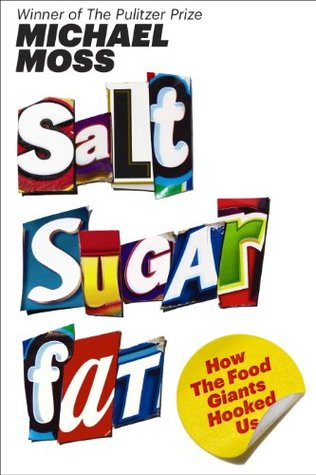More on this book
Community
Kindle Notes & Highlights
children prefer more intense sweetness than adults.”
“I think that anyone who makes a product for a child has to take responsibility because what they are doing is teaching the child the level of sweetness or saltiness the food should be. “They’re not just providing a source of calories for a child,” she added. “They’re impacting the health of that child.”
Five teaspoons don’t get you very far in the grocery store.
our bodies are less aware of excessive intake when the calories are liquid.
If sugar is the methamphetamine of processed food ingredients, with its high-speed, blunt assault on our brains, then fat is the opiate, a smooth operator whose effects are less obvious but no less powerful.
there was no bliss point, or break point, for fat,”
The second finding concerned the relationship the fat had with sugar.
the federal government has viewed milk as vital to the nation’s health,
The government simply bought as much as the dairies could make.
Production began to surge, and just like the excess milk, the dairies didn’t have to worry too much about selling the cheese. Whatever the grocers didn’t buy, the government did,
Don’t listen to the senior vice president. Let the people that you’re going to sell something to tell you what they want.”
More calories in, less calories burned, obesity up.
we can go a day without food or water with no problems whatsoever. The body has enough calories. But people who fast for a day feel awful. Your body comes to expect that we will feed it, and it has all these mechanisms in place so if you don’t do it, then you start to feel awful. Ultimately you end up feeding yourself in order to feel okay.”
we eat not so much for pleasure as we do to ward off an awful feeling,
The fear of hunger
This persistent tactic by food companies to promote one good ingredient, hoping that consumers will overlook the rest, was one of the oldest tricks in the book,


